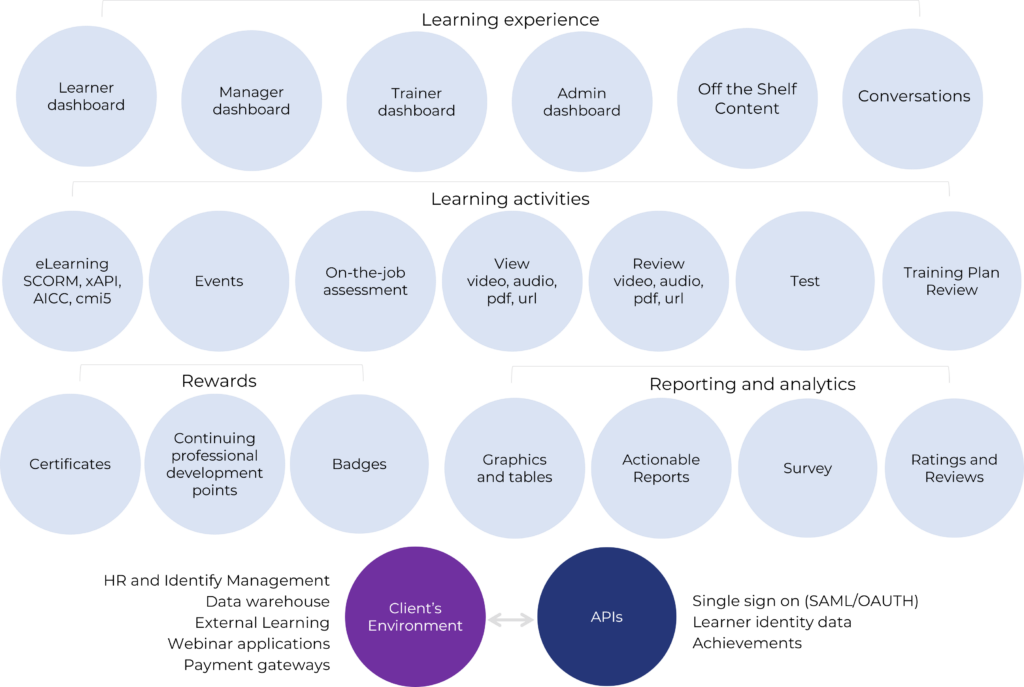
Plus, download our free LMS Comparison Tool to guide your decision-making.
Selecting the right Learning Management System (LMS) is more than a tech upgrade—it’s a strategic business move that can transform how your organisation delivers training, manages compliance, and supports performance. But with so many LMS options available, where do you start?
To help you narrow your focus, we’ve identified three critical areas that will shape your decision: aligning with your business goals, assessing your current ecosystem, and engaging meaningfully with vendors. And to make things easier, you can download our free LMS Comparison Tool to help you evaluate platforms side by side.
1. Align Your LMS with Business Goals
Why change? Why now?
Before you even start reviewing platforms, be clear about your reasons for change. Are you moving away from an underperforming system? Looking to centralise learning across departments? Improving compliance reporting? Or is this your first LMS?
Too often, organisations dive into LMS procurement without fully understanding what they need or why. This leads to wasted time, money, and effort—and often the same problems persist in the new system.
Engage with stakeholders across your business. Ask teams what’s working, what’s not, and what would make their lives easier. Only then can you confidently identify the features and capabilities that matter most to your organisation.
2. Understand Your Current Tech Ecosystem
Modern learning platforms don’t exist in silos. They’re part of a wider technology ecosystem that includes HR systems, CRM tools, compliance software, and more.
Think about what systems your LMS will need to integrate with. Will it need to sync with your HRIS? Can it support Single Sign-On (SSO)? Is it scalable and adaptable to your current and future tech stack?
When you understand these dependencies, you can look for a learning platform that fits seamlessly into your environment—enhancing what you already use, not disrupting it.
💡 Want to see how this works in practice?
Check out the diagram of our Birch Learning Platform to see how it can connect to your systems and align with your learning goals.
3. Go Beyond the Sales Pitch: Choose a True Partner
Your relationship with an LMS vendor shouldn’t end at implementation. You need a partner who understands your business, can adapt to your evolving needs, and supports you long-term.
Rather than being swayed by slick sales presentations and long feature lists, prioritise genuine conversations. Ask how they support clients post-launch. Are they proactive in helping you solve real problems? Do they offer responsive support and guidance?
Choosing the right vendor is about more than ticking boxes—it’s about finding someone who’s invested in your success.
Make Your LMS Decision with Confidence
By focusing on your goals, understanding your existing systems, and selecting the right partner, you’ll be better equipped to choose an LMS that delivers real value.
✅ Download our free LMS Comparison Tool to help guide your evaluation and make a more informed decision.
How We Can Help
At B Online Learning, we’ve helped organisations across sectors transform their digital learning environments. Whether you’re exploring LMS options for the first time or considering a switch, we’d love to chat and see if the Birch Learning Platform could be the right fit.
📞 Get in touch to start the conversation.

